Creating safer workplaces and preserving human life through workplace safety is paramount at Safety Training & Compliance (STC). As a leader in safety consulting, we understand the significance of adhering to OSHA guidelines to prevent accidents and promote a safety culture. This blog will explore the top 5 most cited OSHA violations on the job site and how STC’s educational approach can help businesses avoid these pitfalls.
Understanding the Importance of OSHA Compliance
The Occupational Safety and Health Administration sets rigorous standards to protect workers from hazards on the job. Failure to comply with these regulations can lead to serious consequences for employers and employees. STC emphasizes the importance of OSHA compliance through comprehensive safety training programs covering these frequently cited violations.
Fall Protection – The Most Common Violation
Fall protection consistently tops the list of the most cited OSHA violations. Many job-related accidents and fatalities are attributed to falls from heights. At STC, we focus on heightening awareness about fall hazards and implementing effective safety measures. Our training equips workers with the knowledge and skills to correctly use safety harnesses and fall protection systems.
Hazard Communication – Ensuring Awareness and Preparedness
Hazard Communication is another crucial aspect of OSHA compliance. The proper handling and communication of hazardous materials are vital for workplace safety. STC’s training educates workers on the safe handling, storage, and disposal of hazardous substances, ensuring they are well-prepared to avoid violations related to hazardous materials.
Scaffolding – Building a Foundation of Safety
Scaffolding violations can lead to severe injuries and fatalities, making it a significant concern on job sites. STC provides specialized training on scaffold safety, emphasizing the importance of regular inspections, proper assembly, and safe usage of scaffolds. By promoting a safety culture, we help businesses mitigate the risk of OSHA citations related to scaffolding.
Lockout/Tagout – Preventing Hazardous Energy Accidents
Lockout/Tagout violations are often cited when employees are not adequately trained on isolating hazardous energy sources before servicing equipment. STC’s training programs address these violations head-on by educating workers on proper lockout/tagout procedures, empowering them to safeguard against potential accidents.
At STC, we are committed to making workplaces safer and helping businesses avoid OSHA citations. By focusing on OSHA’s most cited violations, such as fall protection, hazard communication, scaffolding, and lockout/tagout, our educational approach ensures that employees are well-prepared to maintain compliance and prevent accidents. Want to learn more about workplace safety and OSHA compliance? Check out our blog today!
Photo Sourced from Getty Images: #1341045277

